Brands are throwing money away on price discounts when there are far more cost-effective ways to drive volume sales growth, research by the Institute of Promotional Marketing has revealed.
An in-store experiment compared the effects of running a 50p-off discount on a box of Lil-lets tampons with an on-pack promotion that offered consumers 50p to claim back online.
The straightforward price cut increased sales on the £3.50 product by 225% but cost the brand owner £1.11 for every pack sold, the IPM calculated. The online cash back offer lifted sales by 30% and cost 7p for each additional sale.
A similar test on Bahlsen’s Messino biscuits saw the in-store discount grow sales by 350% at a cost of £1.02 for every extra pack, while the online cash back promotion grew sales by 30% - but at a cost of only 1p for every extra pack sold.
The “cost of growth” measure used by the IPM is based on the fact that, with a price discount, every unit sold - including products that would have sold regardless of promotions - are reduced. An on-pack promotion, however, is eye-catching and still causes an uplift, but the redemption of the promotion is so low the extra volume comes at a fraction of the cost.
“A price discount is effectively a gift with purchase,” said Storecheck MD Colin Harper, who worked on the study. “Who in their right minds is going to turn one down? But if marketers are spending more than £1 to sell one extra pack when they could be spending 7p - or even 1p - then there’s something wrong with their maths.”
Jon Dance, marketing manager at Bahlsen, said he found the research “very thought provoking”.
“The per-pack cost differential is certainly making us reconsider the full gamut of promotional options,” he said. “Numerous people from the industry are clamouring for a deceleration of the deep cut promotional treadmill, but there has to be a commercially agreeable win-win solution.”
Last month, the eighth annual trade promotions survey by Ebiquity and The Grocer revealed that 68% of brands make more than 40% of sales on promotion - up sharply from the 32% that did so in 2009 (The Grocer, p16, 19 May).
Some 61% of senior supplier managers said securing in-store space was a top business concern and that the volume uplift from costly featured space displays was lower than it used to be.
“Very high levels of promotional intensity and increasing competition for promotional slots mean that there simply isn’t much runway left,” warned head of promotional effectiveness Martin Wheeler.
Sign in to comment on this article
Not logged in before? Register for FREE guest access today.
You will be able to:
- Read more stories
- Receive daily newsletters
- Comment on stories
Advert



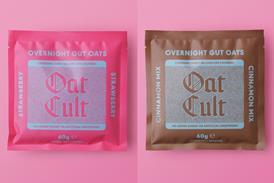





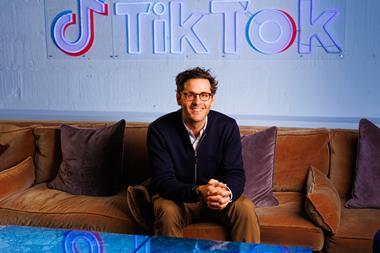
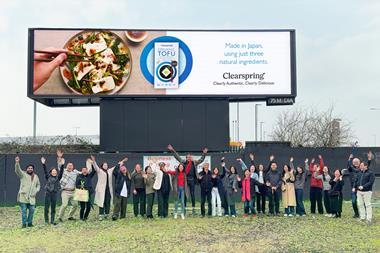

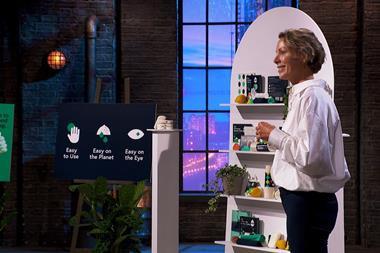
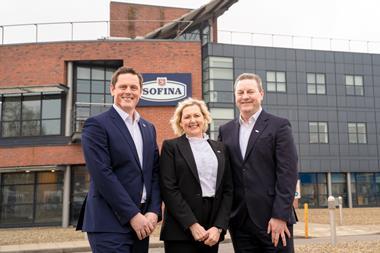


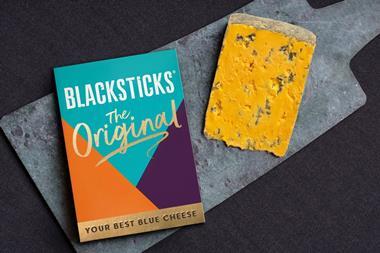
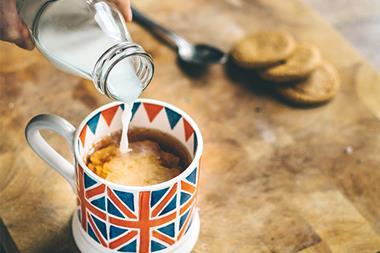
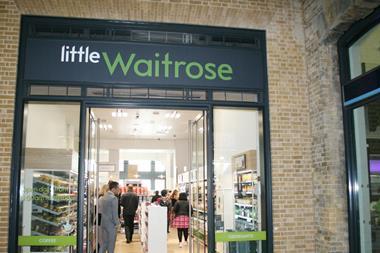
No comments yet